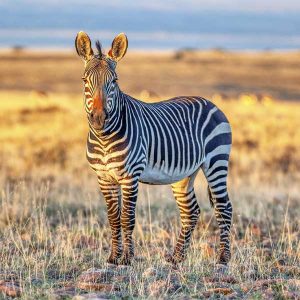Bow Hunting in Namibia: The Best Bow Hunting in Africa
If you’re interested in hunting Damara Dik Dik, you need to learn the basics before you head out on the trail. This tiny antelope is found only in Namibia, which means you have to make a trip to that part of the world to get a shot at the animal. Contact us to learn more about namibia hunting safari

The Damara dik-dik is one of the smallest antelopes in the world. It weighs only six to sixteen pounds. However, it has the largest horns of all antelopes. You’ll need to pay a trophy fee of about US$1150 to $2500 to harvest the animal.
These antelopes are found in rocky areas where they are hidden in brush or dense shrubs. They are highly territorial, and they mark their territories with dung midden. They don’t need water to survive, but they are extremely tolerant of arid conditions. As such, they avoid the heat of the day and live in dry, rocky stream beds. To hunt the dik-dik, you will need a small centerfire rifle with a bullet that’s suitable for a.243 caliber.
The Damara dik-dik has a pointed snout. There’s a tuft of hair on its forehead, which turns erect when the animal is alarmed. Males also have horns, which grow up to three inches. Although these horns can be difficult to see, you can easily find out if your Damara dik-dik has the correct horn length.
Another feature of the Damara dik-dik is its black, rubbery shock-absorbing pads on each of its hooves. These allow the antelope to grip hard on rocky surfaces. During the rainy season, the Damara dik-dik gives birth to one fawn. Unlike other antelopes, the Damara dik-dik gives babies backward.
Females have a gestation period of between 166 and 172 days. In the wild, dik-diks have a lifespan of ten years. Despite its small size, the Damara dik-dik is a popular hunting trophy.
Damara dik-diks are monogamous, and both males and females are believed to mate for life. However, the males do not assist with the rearing of their young. Both the males and the females mark their territories by placing dung middens strategically.
Dik-diks are small and non-aggressive, but their snout and nose are very mobile. Whenever the animal is disturbed, it makes a whistling sound. The sound is similar to the call of “zik-zik” and is used to ward off predators.
Dik-diks are considered to be a pest in parts of Africa. They are easy prey for leopards and caracals, and they are often targeted by lions. Hunting dik-diks requires you to watch the behavior of the animal carefully. During the night, the dik-dik hides in dense thickets, and in the early morning and afternoon, it feeds on leaves and herbs.
The Damara dik-dik spoor is most active in the early morning and late afternoon, although the animal will be active throughout the day. A good way to locate the spoor is to look for an open area. When you have located the spoor, you can start tracking the dik-dik.
